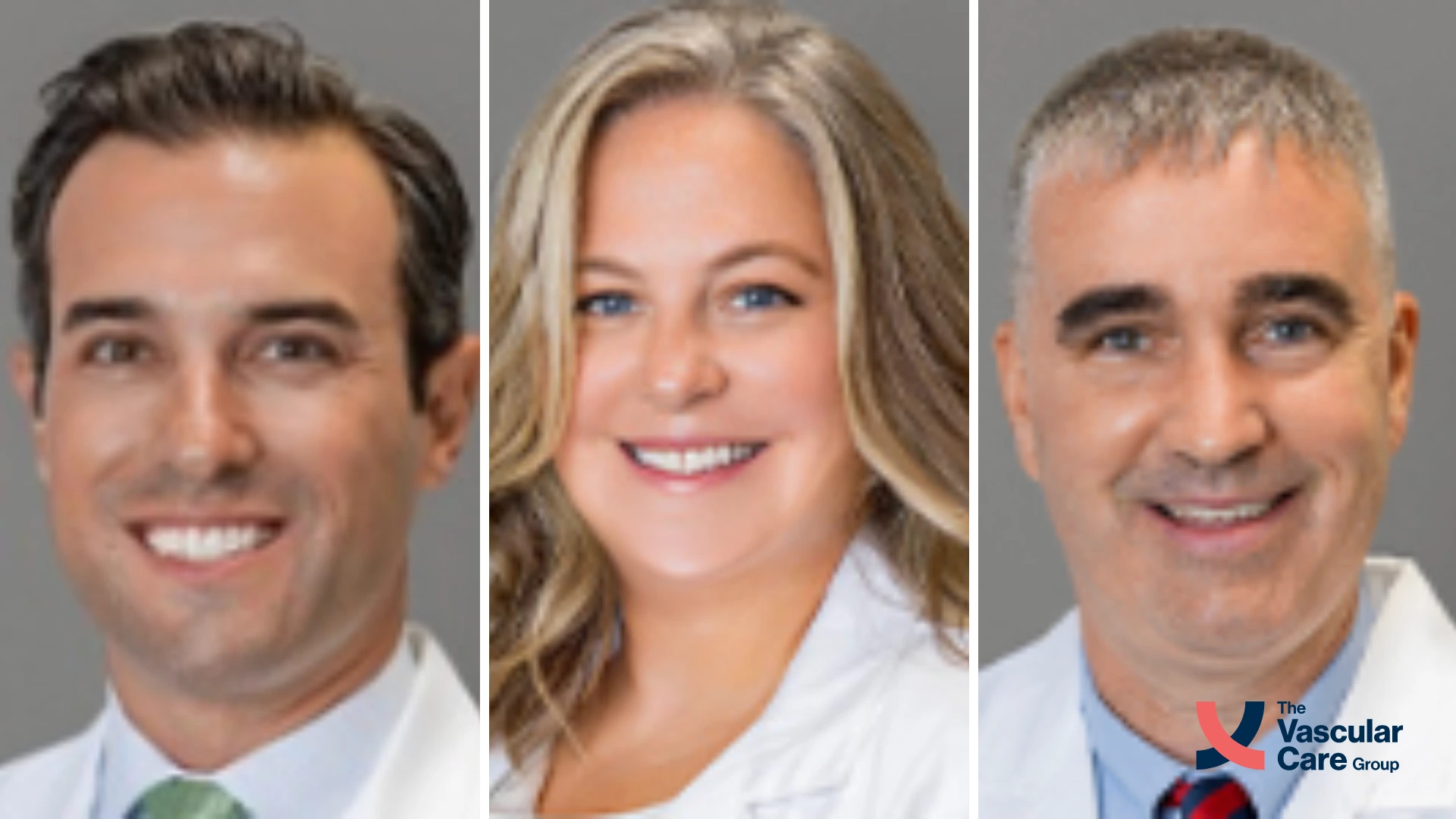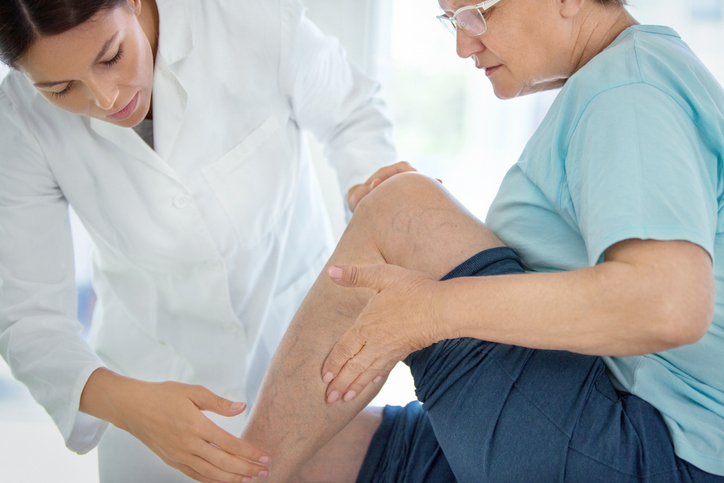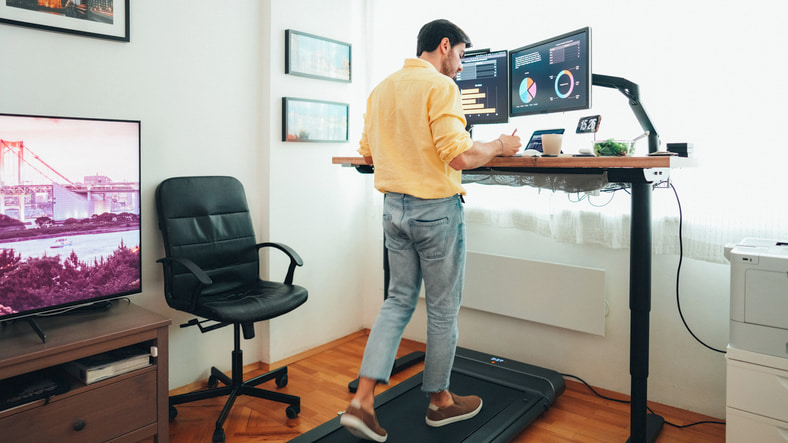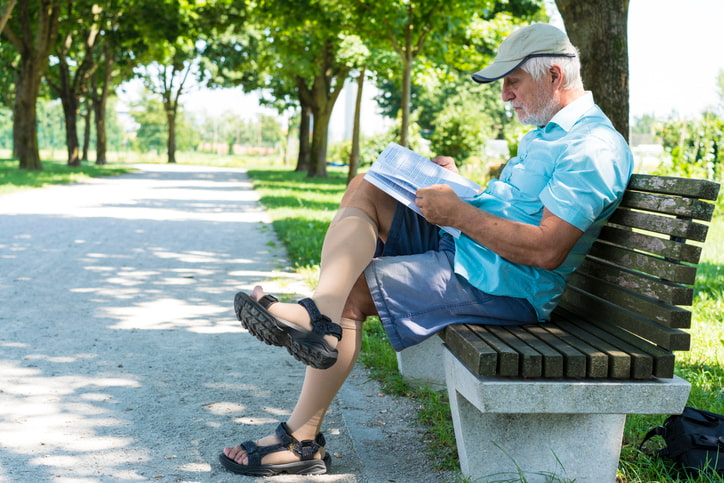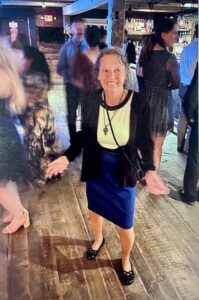The Vascular Care Group Strengthens Its Presence in Greater Portland with Three Expert Physicians
PORTLAND, ME. – The Vascular Care Group (TVCG) is proud to announce the addition of three distinguished vascular surgeons, Dr. Nathan J. Aranson, Dr. Elizabeth Blazick, and Dr. Christopher T. Healey, to its state-of-the-art vascular center in Portland, ME.
 Dr. Nathan J. Aranson, MD, RPVI, FACS, is a third-generation physician from Maine, bringing a wealth of experience and a strong commitment to advancing vascular care in the region.
Dr. Nathan J. Aranson, MD, RPVI, FACS, is a third-generation physician from Maine, bringing a wealth of experience and a strong commitment to advancing vascular care in the region.
Dr. Aranson is a dual board-certified general and vascular surgeon. He is an Assistant Professor of Surgery at Tufts University School of Medicine and a nationally recognized educator and lecturer with numerous publications.
Dr. Aranson graduated Cum Laude from Tufts University in 2001 with a Bachelor of Arts in Chemistry, followed by his Doctor of Medicine degree from the University of Massachusetts Medical School in 2006. His extensive training includes a general surgery residency at LAC/USC Medical Center in Los Angeles, coupled with two years of vascular surgical research at Harvard Medical School as part of an NIH-funded program. He completed his fellowship in Vascular and Endovascular Surgery at Massachusetts General Hospital, where he earned numerous awards for his teaching and educational contributions.
Before joining The Vascular Care Group, Dr. Aranson was a Staff Surgeon in Vascular Surgery at Virginia Mason Medical Center and, most recently, Maine Medical Center for more than five years. In the State of Maine, he performed the first thoracic branch endograft insertion as well as the first minimally invasive arteriovenous fistula creation for dialysis access.
 Dr. Elizabeth Blazick, MD, RPVI, FACS, brings extensive clinical expertise in all areas of vascular surgery, along with a robust background in research and medical education.
Dr. Elizabeth Blazick, MD, RPVI, FACS, brings extensive clinical expertise in all areas of vascular surgery, along with a robust background in research and medical education.
Dr. Blazick earned her Bachelor of Science in Sports Biology and Chemistry from Springfield College, followed by a graduate Certificate in Physician Assistant Studies from Springfield College/Baystate Health Systems. She completed her Doctor of Medicine degree at the University of South Florida, where she received numerous awards, including induction into the Alpha Omega Alpha academic honor society and the Arnold P. Gold Humanism Honor Society. She completed her General Surgery Residency and Vascular and Endovascular Surgery Fellowship at Massachusetts General Hospital and Harvard Medical School.
Previously, Dr. Blazick was an attending vascular surgeon at Maine Medical Center and served as the Program Director for the Integrated Vascular Surgery Residency. She is also an Assistant Professor of Surgery at Tufts University School of Medicine. Dr. Blazick is an active member of several professional societies, including the Society for Vascular Surgery and the American College of Surgeons, where she is a Fellow. She has been honored with the Society for Vascular Surgery’s Leadership Development Award.
 Dr. Christopher T. Healey, MD, RPVI, FACS, offers extensive clinical expertise in vascular surgery, complemented by significant contributions to research and medical education.
Dr. Christopher T. Healey, MD, RPVI, FACS, offers extensive clinical expertise in vascular surgery, complemented by significant contributions to research and medical education.
Dr. Healey graduated Magna Cum Laude with a Bachelor of Science in Biology and a Bachelor of Arts in Chemistry. He earned his MD from the Warren Alpert School of Medicine at Brown University and completed his General Surgery Residency at the University of Vermont, where he received numerous awards, including the Resident Excellence in Teaching Award and the Norman Snow Award for excellence in Cardiothoracic Surgery. He completed his Vascular Surgery Fellowship at Tufts Medical Center.
Since beginning his career in Portland, ME, in 2007, Dr. Healey has served as an Assistant Professor of Surgery at Tufts University School of Medicine and has been the principal investigator on multiple clinical trials. His research includes studies on stem cell treatments for critical limb ischemia and the development of a novel endovascular aneurysm sealing device. He has also held key educational roles, including Assistant Program Director for the General Surgery Residency at Maine Medical Center and Program Director for the Vascular Surgery Integrated Residency. Dr. Healey is a Fellow of the American College of Surgeons and a member of the Society of Vascular Surgery, the New England Society of Vascular Surgery, the Undersea and Hyperbaric Medical Society, and the Wound Healing Society.
